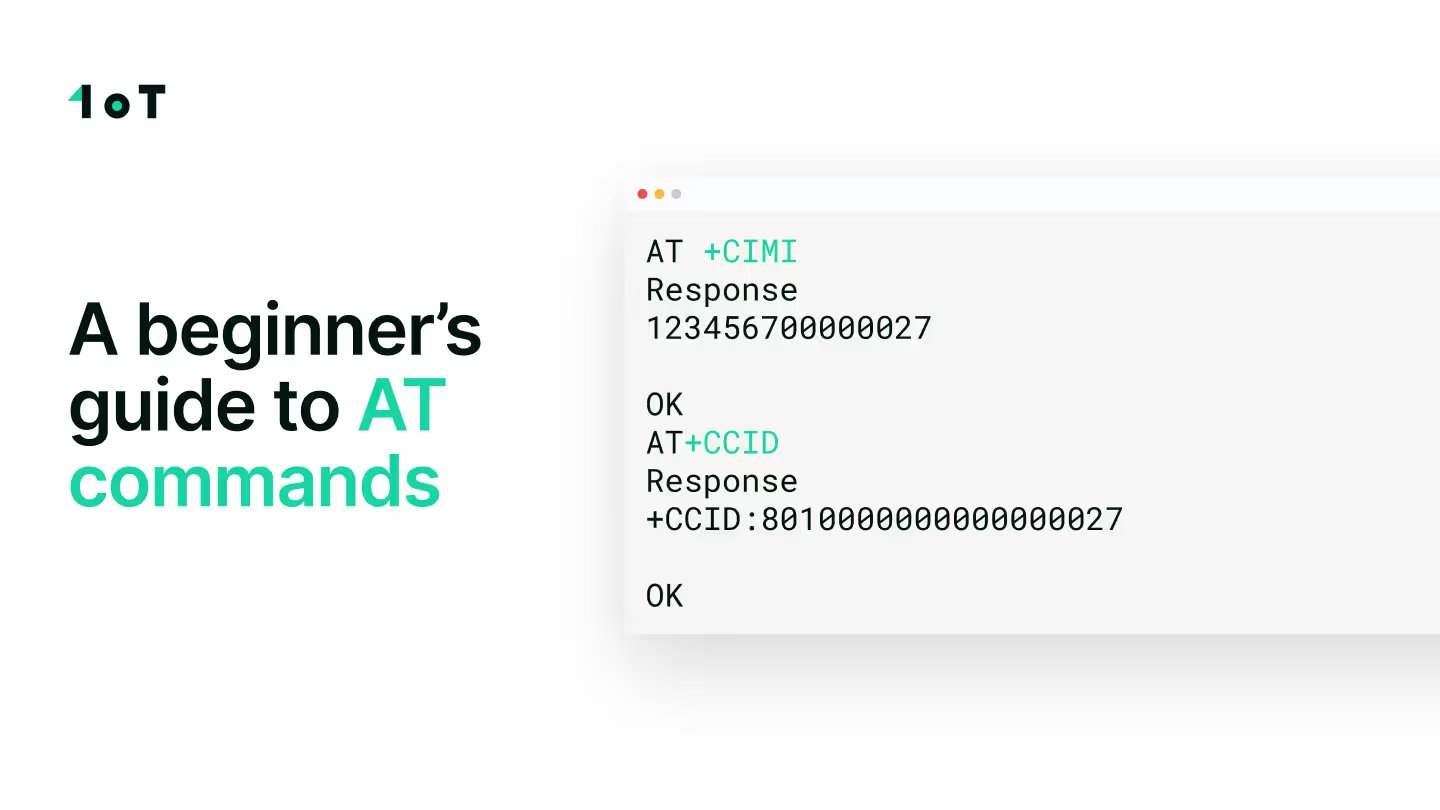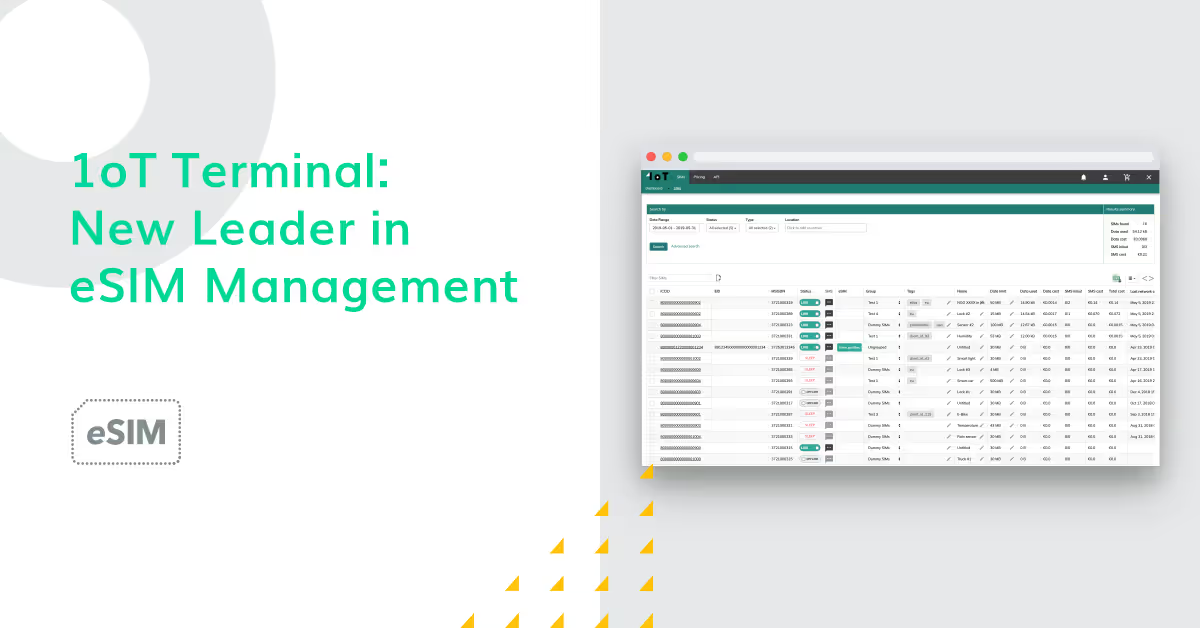IoT Hacking Series #4: How do iSIM & nuSIM compare to eSIM?

At the time when everyone is talking about eSIM, new solutions are developed to make remote SIM provisioning more advanced. Let's look behind the similar looking acronyms that are all dealing with the subscriber identity module.
About iSIM, nuSIM, and eSIM
All three seem to reintroduce the convenience of remote SIM provisioning, which means that SIM card and carrier services used can be swapped without touching the physical SIM itself. Plus the added benefits of making the footprint of traditional SIMs smaller while being more secure or having a lower power consumption.
We have dedicated a whole blog series to the inner workings of eSIM, where we have touched the following topics: Introducing eSIM certifications, interoperability and discussing carriers reluctance towards the remote SIM provisioning.
But, let's go over the basics of eSIM to compare it to the two other solutions.
eSIM (eUICC) can be colloquially referred to as a virtual SIM. eSIM capabilities are available for all form factors 2FF (Mini), 3FF (Micro), 4FF (Nano), and MFF2 (Soldered chip SIM). The most important difference from a regular SIM is the remote SIM provisioning capabilities. It means that different carrier profiles can be stored on the SIM and also downloaded to the SIM over the air. Allowing the user to swap between them without changing the physical SIM itself. Read more about eSIM here.
iSIM stands for integrated SIM. In this case, the SIM chip is not a standalone MFF2, 2FF, 3FF or 4FF anymore. But is integrated with the processor core and encryption of an eUICC into a cellular module or System on a Chip (SoC). Integrated SIMs aim to tackle the shortcomings of eSIM. Mainly power consumption, footprint and cost, but iSIM also claims to improve security.
We have recently written a thorough blog post on iSIM and how does it compare to eSIM.
nuSIM is an alternative spelling for "New SIM." "Nu" stands for re-envisioning according to Deutsche Telekom (T-Mobile). nuSIM is a different type of iSIM. It is aimed at LPWAN* technologies like NarrowBand-IoT or Cat-M1. Yet, it comes with some drawbacks, more on it later.

Technical differences compared to eSIM?
iSIM's notable technical difference is in hardware. It moves eSIM functionality into a device's permanent hardware chipset. The eSIM's separate processor is not needed anymore, giving an edge in footprint size and power consumption. Hardware OEMs* and processor design companies can implement the System on a chip (SoC) architectures that integrate SIM functionality with an existing onboard processor and cellular modem. ARM, a known semiconductor company, is providing the iSIM remote provisioning server solution, similar to eSIM SM-DP* and SM-SR*. As of right now, it's unclear if the profiles are identical to the eSIM profiles. However, as ARM has developed the iSIM being compliant with the GSMA Embedded SIM Specifications they probably will be.
nuSIM is optimized for NB-IoT (NarrowBand IoT). All non-related functionalities found in a regular SIM are removed. nuSIM does not have Java Card support, SIM ToolKit support and many elements from the SIM File system are removed. The lack of these components leads to the SIM not having Over The Air (OTA) access. This means that the carrier's profile can be tiny in size, but it also needs to be loaded onto the nuSIM at the time of production. Usually, the loading is done by the module or device manufacturer. The key takeaway here is that typical eSIM over the air functions are not supported!
Certifications, interoperability & security?
In 2014 the GSMA already standardised eSIM with specifications and certifications for the secure production and Remote SIM Provisioning. With eSIM, we can provide a fully certified and compliant solution. It doesn't matter who the eSIM provider is, who develops the downloadable profile and where the provisioning platform including SM-DP and SM-SR is coming from. The GSMA has ensured that everything is interoperable and ready for the market. This removes the hassle of being locked-in to one vendor.
ARM is pushing forward the iSIM. Their chipset designs are used in many cellular modems. The idea itself of putting the SIM inside the same chipset has advantages and seems reasonable. However, without proper certifications and tests, it currently can impose security risks and may not be more secure as claimed. Furthermore, the solution is not developed by the GSMA who is interested in interoperability and certified security solutions. This makes the iSIM not a vendor-neutral standard. SIM hardware has been developing for the past 20+ years, and significant security breaches have been addressed over time. As the hardware itself holds the user's identity, removing such a sophisticated piece of hardware would pose a significant threat to security.
nuSIM being a solution developed by Deutsche Telekom (T-Mobile) lacks the same standardisation and certification as iSIM. With no remote access to the profiles, it would be impossible to update anything in the carrier profile after production. So extensive testing needs to be done before going live with this service. However, there would still be the risk of having to replace the devices if something goes wrong with the basic SIM functionality.
Challenges to overcome
iSIM, launched in 2018, is still very immature compared to what has taken eSIM years to build up. Currently being more of a Proof of Concept, iSIM needs mass market adoption from manufacturers to succeed. Lack of certifications and questionable interoperability makes MVNO's and mobile operators cautious. Therefore, it remains to be seen if iSIM takes off. BT, SoftBank, and Sprint are currently the most prominent players supporting the ecosystem, which ARM claims would have full adoption starting from 2020.
nuSIM is technically more straightforward. There are fewer challenges to overcome on the technical side. For nuSIM to become a worldwide standard, Deutsche Telekom (T-Mobile) and its partners would rely on an open ecosystem for mobile operators, chipset manufacturers, module suppliers and providers of digital security solutions. The question remains, how many carriers would adopt this ecosystem? They are very welcoming and looking forward to interested parties to join, but time will tell if this happens. nuSIM was launched in 2019 at MWC and the first commercially available modules with nuSIM will be ready in late 2019, as reported by Quectel.
1oT as a front-runner of IoT and M2M connectivity solutions is excited to see new developments of SIM solutions. However, until these have proven themselves, we see eSIM as the most secure and future-proof solution and are offering this to our customers.
* LPWAN – Low-power Wide-area Network. Allows communication over a wide area via technologies that take minimum power to enable battery-powered sensors and products.
* OEM — Original Equipment Manufacturer.
* SM-DP – Subscription Manager Data Preparation server. A database where you store all the different carrier subscriptions that can be downloaded onto the eSIM, together with all its dependencies.
* SM-SR – Subscription Manager Secure Routing server. Ensures that all information passing between the SM-DP and an eSIM card is fully secured.
* GSMA – GSM Association. Represents the interests of mobile network operators worldwide.
* MVNO – Mobile Virtual Network Operator. A telecommunication service provider who does not own the network infrastructure which it’s using.
















.avif)


















.avif)
































.avif)







































